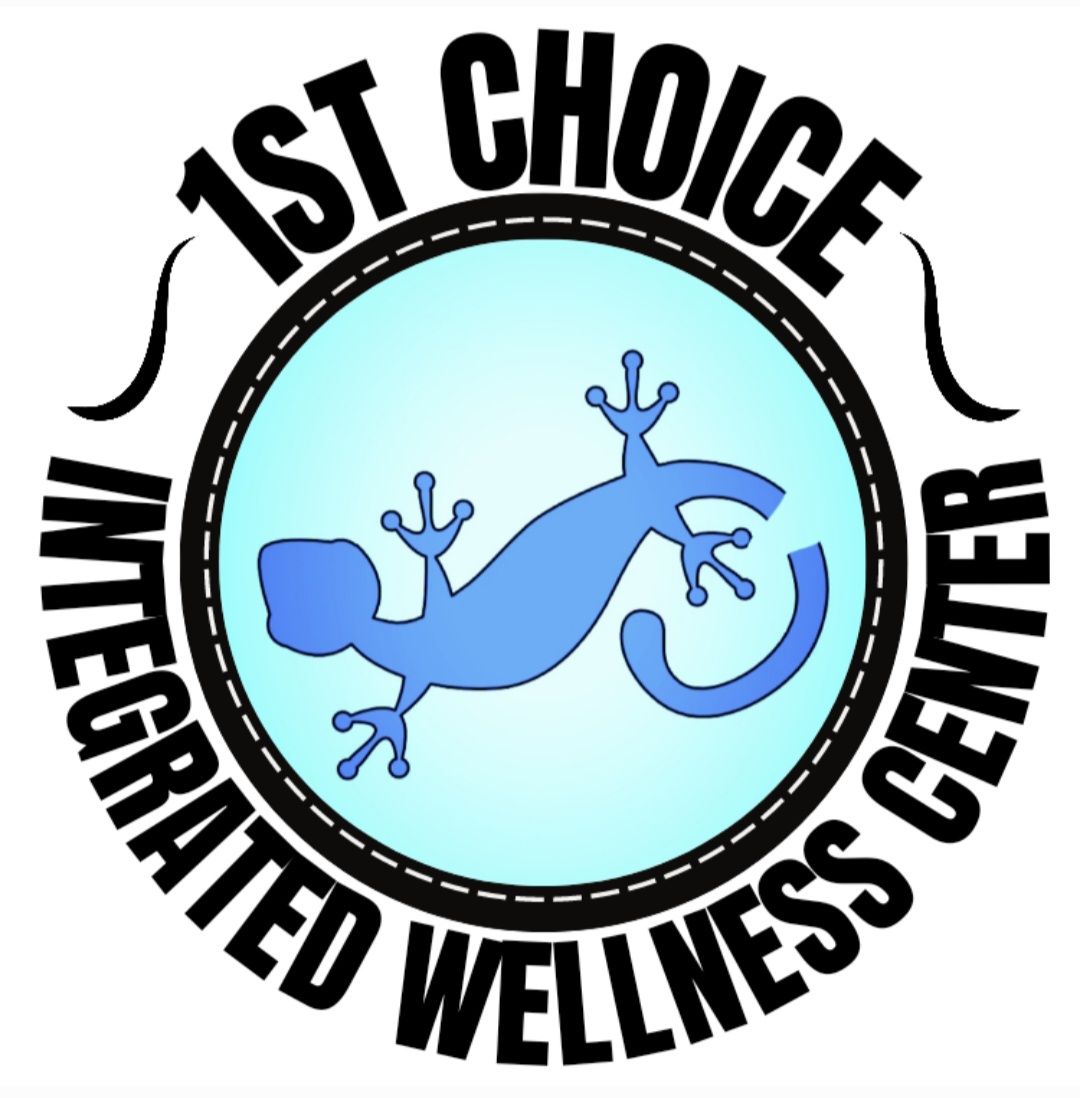Knee Pain
Knee pain and dysfunction are prevalent issues that affect two distinct groups: athletes and the elderly. For athletes and physically active individuals, knee pain often results from trauma, such as ligament injuries or meniscal tears, and overuse conditions like patellar tendinitis and iliotibial band syndrome. These injuries are typically caused by repetitive stress or sudden impacts that occur during high-intensity sports and exercise routines. The high demands placed on their knees can lead to both acute injuries and chronic conditions, significantly hindering their performance and daily activities.
On the other hand, the elderly population frequently battles knee pain due to degenerative conditions such as osteoarthritis. As people age, the cartilage in the knee joint gradually wears away, leading to inflammation, stiffness, and pain. This degenerative process can severely limit mobility and quality of life, making everyday tasks like walking, climbing stairs, and even standing up a challenge. In addition to osteoarthritis, other age-related issues such as reduced muscle strength and flexibility further contribute to knee dysfunction in the elderly.
Regardless of the underlying cause, knee pain can have a cascading effect on the rest of the body. When one experiences knee pain, the body often compensates by altering gait and posture, which can lead to secondary problems in the feet, hips, and lower back. Addressing knee pain typically requires a comprehensive approach that may include physical therapy, strength training, proper footwear, and in some cases, medical interventions such as injections or surgery. Preventative measures, such as maintaining a healthy weight, staying active, and performing knee-strengthening exercises, can also play a crucial role in mitigating knee pain and ensuring overall joint health.
Types of Knee Pain:
Acute injuries such as meniscus or ACL tears, joint arthritis, Osgood Schlatters disease, ITB syndrome (runners knee), patella tracking, and referred pain from the lower back and hip region.
Causes of Knee Pain:
- Age
- Changes in weight bearing
- Excessive weight
- Lack of muscle strength
- Poor spinal alignment
- Poor Flexibility
- Prolonged sitting
- Repetitive movement/use
- Trauma such as sporting injuries
- Underlying disease or pathology (rare)
How chiropractic care can help knee pain
At 1st Choice Integrated Wellness Center, we take pride in our holistic approach to addressing knee problems, understanding that the body functions as an interconnected system. Our philosophy emphasizes treating the entire body rather than focusing solely on the site of injury. This comprehensive methodology allows us to identify and address the myriad of factors that might be contributing to your knee pain, ensuring an accurate and thorough
diagnosis.
Our process begins with a complimentary consultation, which serves as a crucial step in determining whether our services align with your specific needs. This initial meeting helps us evaluate if we are the right fit for your situation. Should we find that another specialist or healthcare provider is better suited to address your condition, we will provide you with a referral to ensure you receive the best possible care. If we conclude that we can assist you, we will proceed to a detailed paid examination.
During the examination, we conduct a series of orthopedic, neurological, and musculoskeletal tests to pinpoint the root cause of your knee pain. Our thorough assessment enables us to gather comprehensive information about your condition. Following this, we will share our findings with you and develop a personalized treatment plan tailored to your needs. This plan typically includes spinal adjustments, joint adjustments, muscle work, and prescribed rehabilitation exercises and stretches. Additionally, we address lifestyle factors that may have contributed to your injury, offering guidance on modifications to prevent future issues. At 1st Choice Integrated Wellness Center, our goal is to help you recover naturally and holistically, promoting long-term health and well-being.


